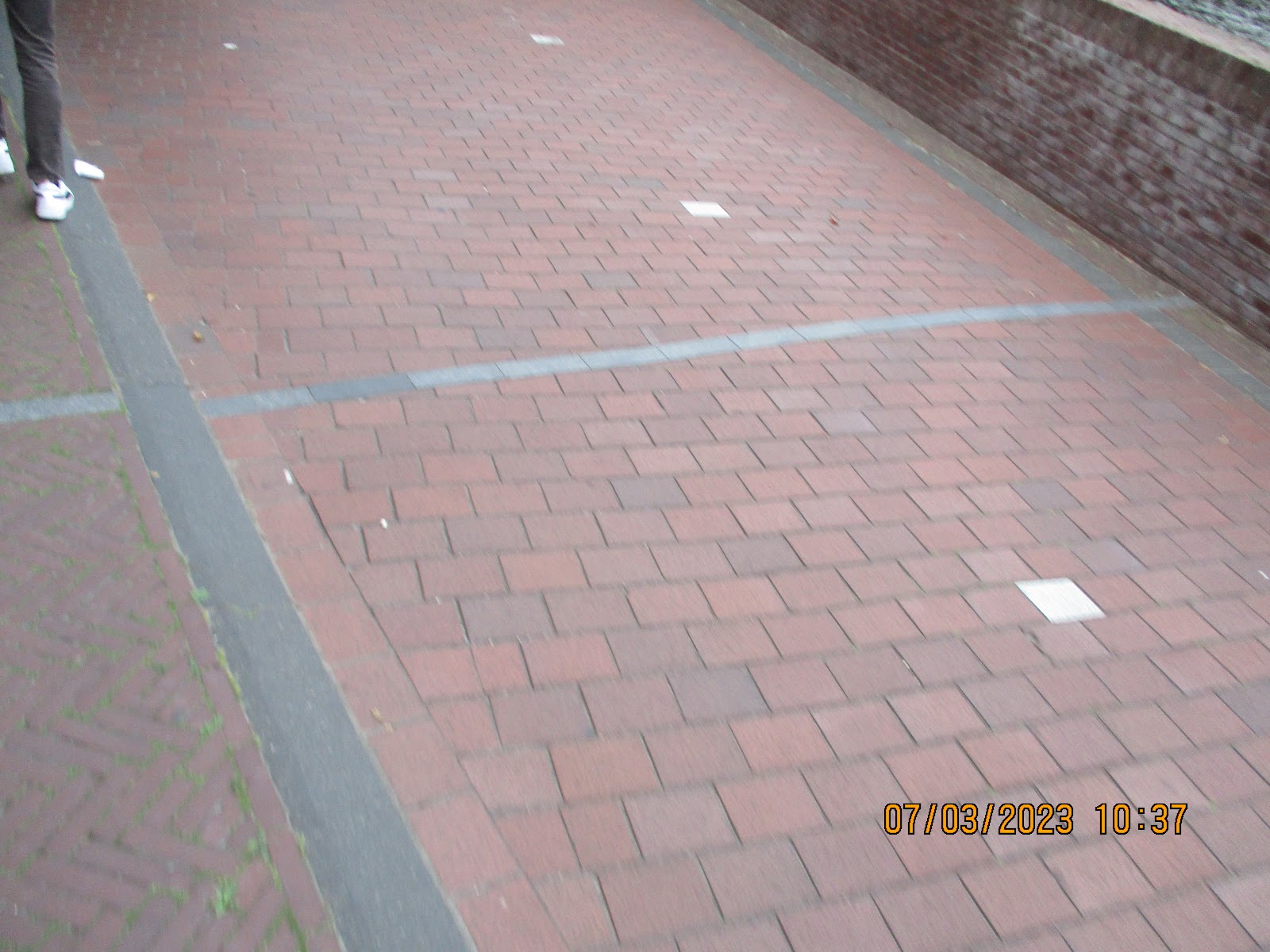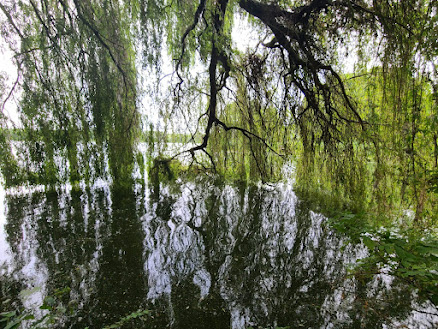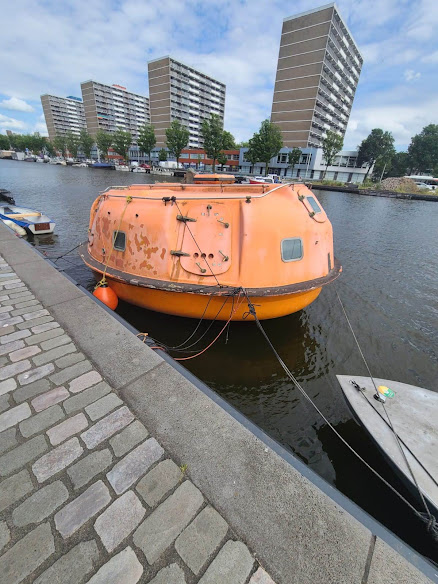(This was meant to be completed pre-departure. Oops! I have written this as though I had no context I gained from the trip to simulate how it would actually be prepared)
City Cycling chapter 6 discusses the actual infrastructure and the perceived issues with it for bicycles in the United States. Namely, there really isn't much, and what is available tends to be hazardous for the cyclist. This post relates to this reading, but ultimately is expected to focus on three separate points/concepts.
a) asks to compare the effective time difference between walking to a location vs biking in a city we are familiar with - in this case I will work with the trip from my childhood home to the high school, as that is a trip I have personally made both on foot and on bike many times in my life. Ultimately, the actual time is about 45-60 minutes walking and 15-30 on bike, all depending on how fast you move of course. With walking, the moment I reach the school I'm able to get in, but on bike I need to find space on a bike rack and lock up my bike before walking into school, then unlock my bike and drag it free of the cluster at the end of the day, doing essentially the same thing once I get home to prevent theft. This whole event probably adds about 5 minutes on both ends, meaning the full bike trip is probably close to 25-40 minutes on bike. This is along the bike path through Baker for the most part as well, and parking anything is free at both ends.
b) asks to describe the differences in philosophy for bike infrastructure in the US vs in the Netherlands. (I'm going to break my "no post-departure rule here since I'd be looking things up that I already know otherwise.) In the US, the philosophy tends to be that bikes are a novelty, something to be taken out once in a while as essentially a toy, exercise, or a sport. When a significant number of bikes come out for an event, roads are blocked off for it from any other form of traffic because it's for a grand race (we have one of those that passes through Baker every year or so). In the Netherlands, however, the bike is the primary form of short- to mid-range transportation for the majority of the population, so its considered as a true vehicle. As such, the Dutch infrastructure is built around the use of bikes in this way, meaning that their roads are much more filled with bikes than they are with cars, to the point that it would be a reasonable statement that the bike/car dichotomy is almost completely opposite in the US as it is in the Netherlands!
c) seems to be a pure math question: The US government gives $1.50/yr/person in funding for walking and cycling infrastructure, and Oregon requires that 1% of all highway capital expenditures be spent on the same. The cars number 1/1.8 people, going 12,000 mi/yr/veh at 24 mpg (500 gal/yr/veh, 277.8gal/yr/person), and 70% of gas taxes ($0.38/gal for Oregon & $0.184/gal nationally, $156.67/yr/person) go toward highway expenditures ($109.67/yr/person total, $1.10/yr/person for only walking/cycling). Adding the calculated value to the national funding means that Oregon makes available about $2.60 per person per year for cycling and pedestrian infrastructure. Given that 4.264 million people live in the state of Oregon, that means Oregon allots about $15.3 million per year to this infrastructure in total.























